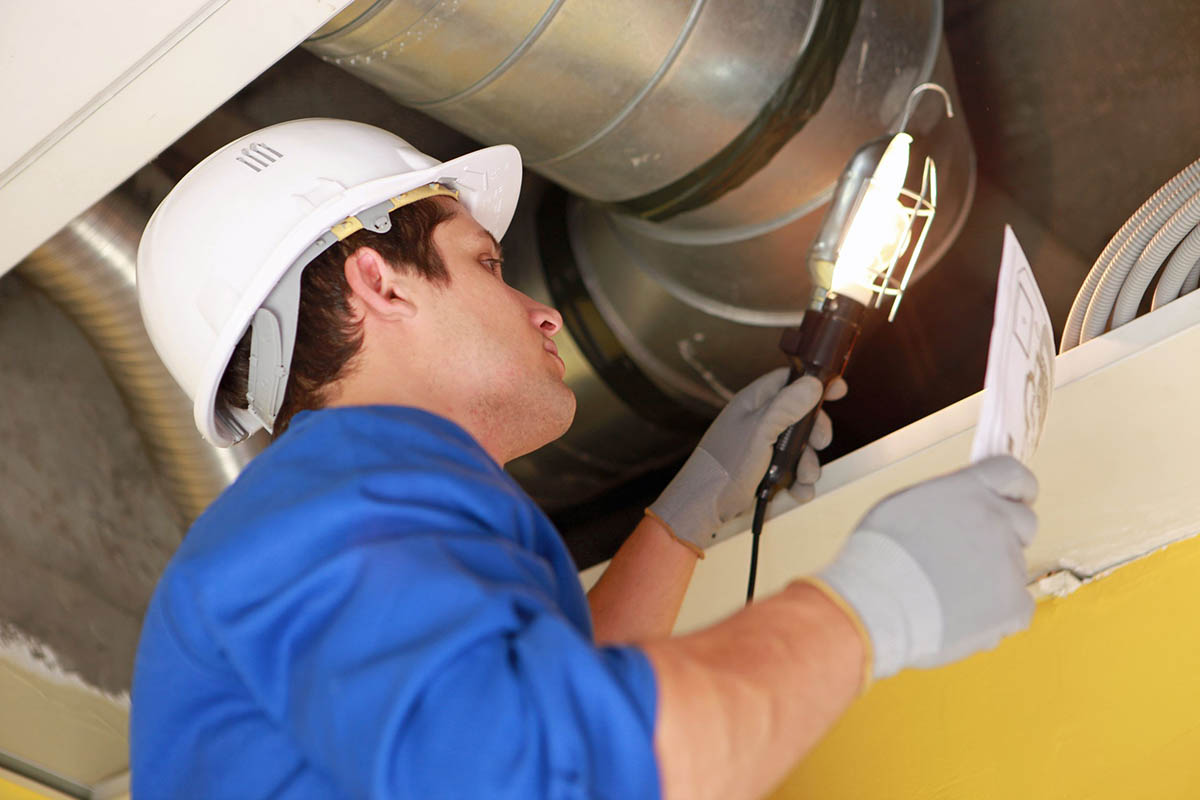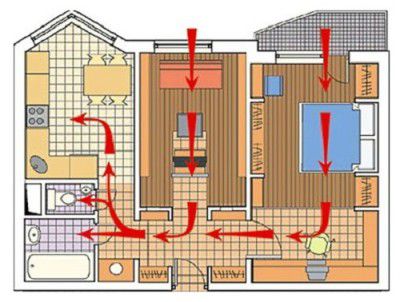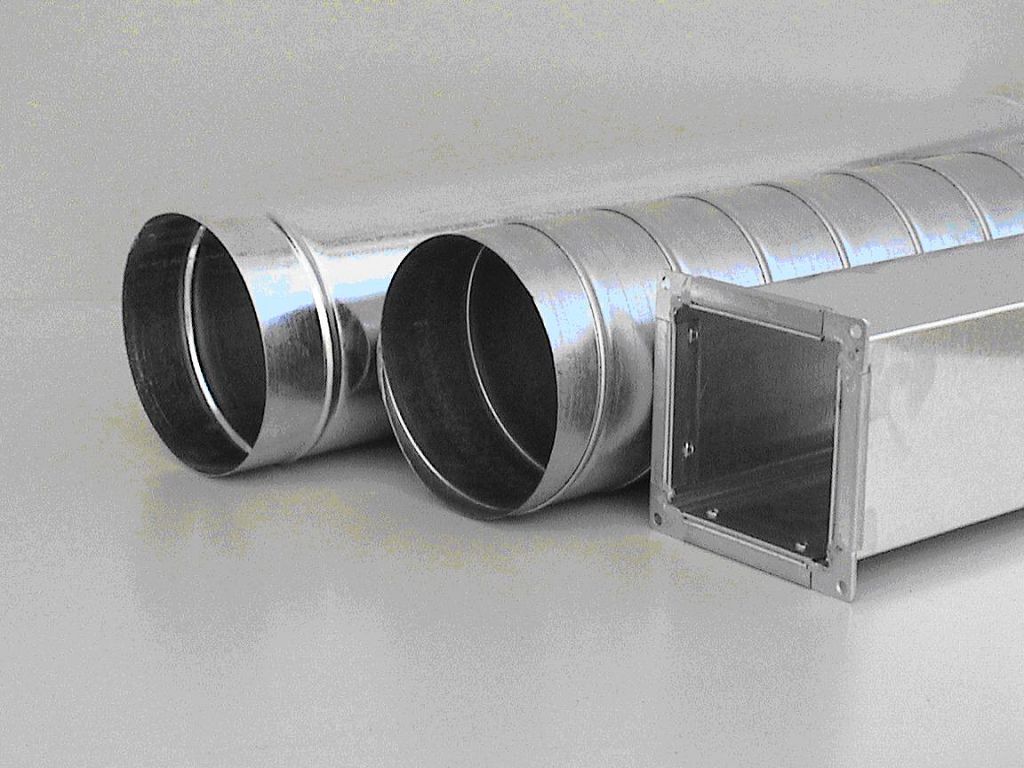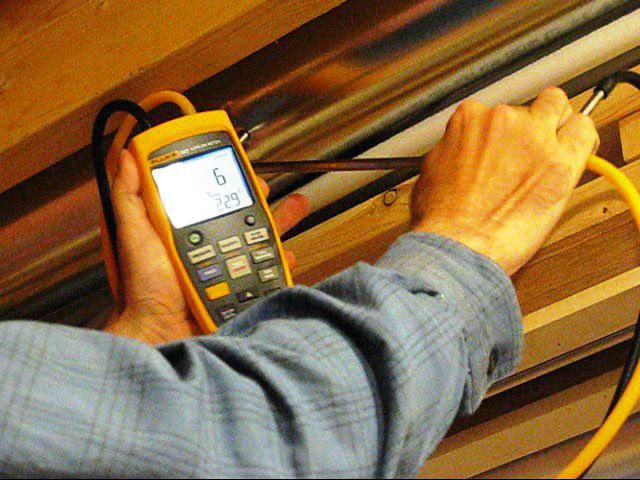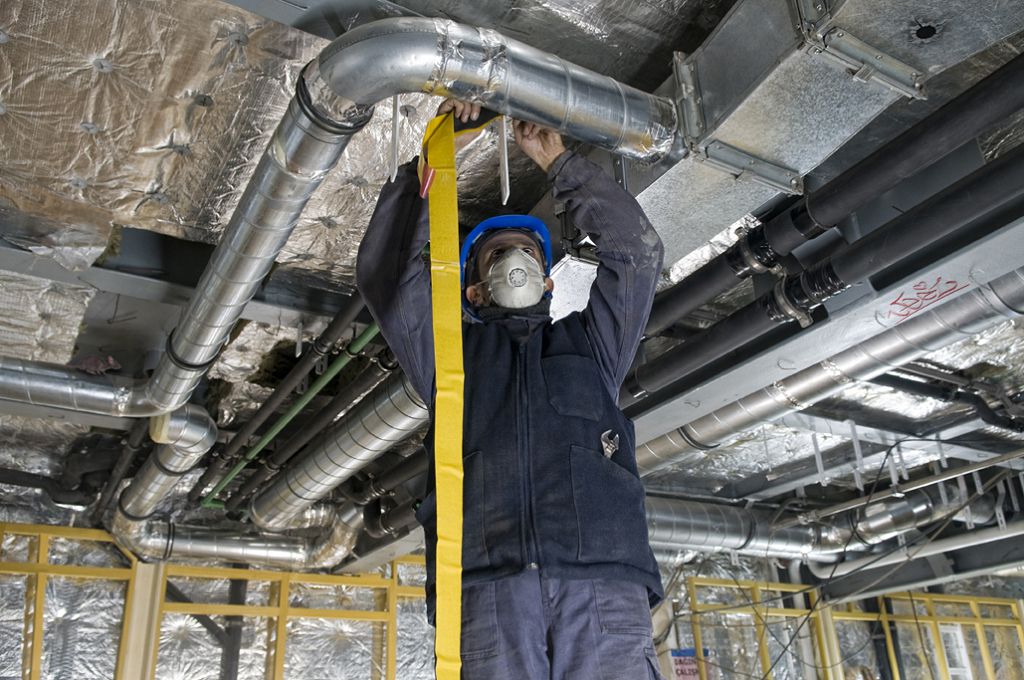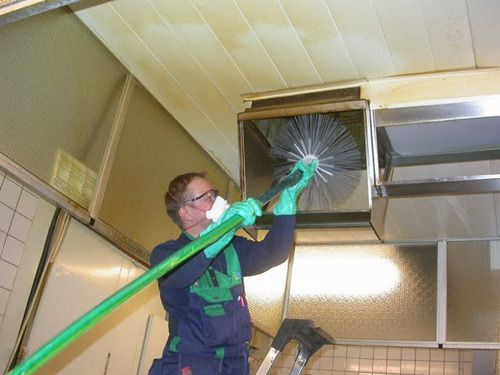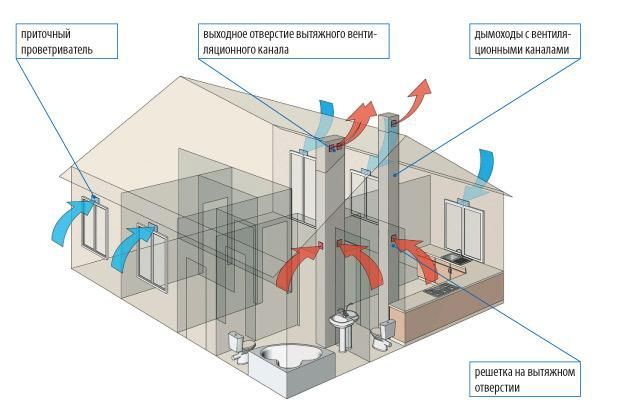Innovative noise-absorbing glass panes and high-quality sound-insulating materials significantly reduce the level of external noise in rooms. However, internal sources such as ventilation and air conditioning can generate a significant proportion of room noise. The noises produced by them, namely, the monotonous hum and howl of the air, although they do not irritate as much as the sounds of the disco in the next building, but gradually shake the nervous system, provoke insomnia and stress.
That is why the insulation of air ducts is considered one of the primary tasks that must be thought out and performed at the design stage.
Causes of ventilation noises
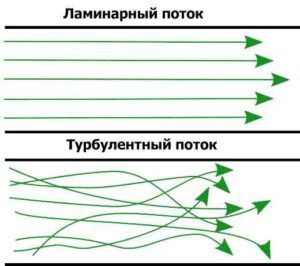
The main reason for ventilation noise is vibration caused by turbulent air flows in pipes. It occurs most often due to errors in the design of ventilation and incorrect acoustic calculation.
Even before ventilation is installed, the designer must carefully study the plan of the house in order to find out in which rooms the acoustic noise should be minimal, and in which it is possible not to install insulation.
Already on the basis of this calculation, the optimal installation place is selected, all the nuances of the ventilation system are calculated: materials, duct sizes, branching features, the location of knees and barriers. The type of ventilation equipment, as well as the method of isolation, is chosen last, when all other nuances have already been taken into account.
Noises in ventilation pipes have a different nature, depending on which the following types can be distinguished:
- noise from equipment operation: convectors, pumps. It is transmitted directly with air streams, through hoods;
- vibrating noise from water cooler and fan. It occurs due to improper installation and insufficient level of rigidity of the walls of the air duct pipes;
- "Turbulent" noises appearing when the air flows through branches, dampers, elbows and other points of turbulence.
Sound insulation of air ducts with special materials allows you to reduce or even completely eliminate all of the above types of noise.
Errors in the design of ventilation systems
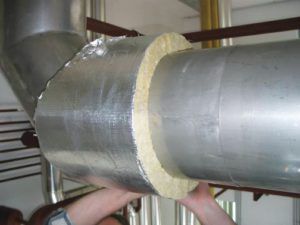
The most common mistakes in the design phase that lead to an increase in acoustic noise include:
- irrational installation of noisy air ducts over rooms that require low noise levels. Such noisy air ducts should be installed exclusively above work and storage rooms, but if it is impossible to change their location, and they will be located above living rooms, reception halls and bedrooms, then it is worth wrapping the pipes with insulating material and thickening their walls. In addition, in order to reduce noise due to turbulent air flows, it is worth installing oval or round air ducts;
- use of recirculated air systems without special air pipes. Air in such a system should be directed through the duct, and not through the cavity of the false ceiling and floors. Otherwise, the noise from the air freely circulating through this cavity will be simply unbearable for the residents;
- lack of vibration isolation of the duct.The vibration isolation measures include, first of all, the installation of vibrating elements, which serve as a kind of counteraction to natural vibration in the system. In addition, it is worth remembering that all pipe connections adjacent to equipment elements must be flexible. Self-generated noise caused by turbulent air currents can be eliminated by installing large air ducts that slow down the air flow. Turbulent currents can occur in any areas of ventilation, and the noise they create creates big problems for those who are in a ventilated room for a long time.
Features of sound insulation of air ducts
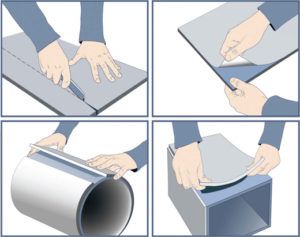
The most popular method of sound insulation is laying inside or outside pipes of a special material (organic and fiberglass, rubber, expanded polystyrene). In this case, the noise source is drowned out, but its cause remains. As already mentioned, this problem should have been nipped in the bud, that is, at the design stage. All methods of sound insulation can reduce the level of noise in a functional environment to one degree or another, however, none of them eliminates the root causes of noise.
The best insulating properties for materials with a fleecy coating: mineral wool, organic fiber. Not so long ago, such a material as lamellar mats, notable for their lateral fiber, appeared on the construction market. This material is good, first of all, in that it does not form creases at the bends, so that the material fits as tightly as possible to the pipe, and the noise level is reduced by as much as 8-15 dB (the final sound insulation index varies depending on the degree of noise).
In order to choose an insulating material suitable for a particular case, it is worth considering the cross section and shape of the pipes. Obviously, the highest degree of insulation can be obtained only when the entire surface of the ventilation system is evenly covered with an insulator, which prevents the appearance of "sound breaks" (places where there is no insulating cover). All seams and joints must be carefully glued with tape, or tightened with bandages.
To reduce the level of turbulent, uncontrollable noise, a special absorption silencer can be installed.
Materials for insulation of ventilation ducts
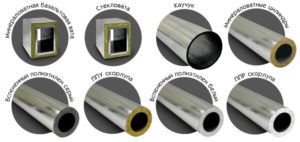
Thermal and sound insulation of air ducts is usually made using the following materials:
- mineral wool;
- extruded polystyrene foam;
- polyurethane foam insulation;
- foamed polyethylene.
The procedure for insulating air ducts with mineral wool includes the following steps:
- cleaning pipes from dirt;
- winding with one layer of mineral wool;
- an overlay of foil insulation with a thickness of 0.4 cm (so that the heat does not come out and the cold does not penetrate inside);
- sealing the seams with aluminum tape.
Sound insulation of air ducts with expanded polystyrene insulation ensures the greatest durability of pipes and increases their resistance to corrosion. For the insulation procedure, you need to cut the expanded polystyrene into pieces of the desired size with a knife, and put these half-cylinders on the pipe, displacing them by 20-25 cm, in order to shrink more tightly. The seams are closed with special ties-bandages.
The installation of polyurethane foam and polypropylene foam is no different from the installation of extruded polystyrene foam. The only difference between these materials is that they do not burn and are less heat conductive than expanded polystyrene and mineral wool.
The leading position in the frequency of installations in domestic conditions is occupied by such material as polyethylene foam. The installation process is extremely simple: everything starts with measuring, then the polyethylene shell is opened along the seam and attached around the pipe, and at the end of the work, the joints and seams are sealed with glue or tape.
The general rule for all types of ventilation insulation is that the material must be of high quality, and the installation must be professional.Correctly selected insulation material and correct installation will save a significant amount on the repair of ventilation systems, as well as reduce the risk of accidents.

